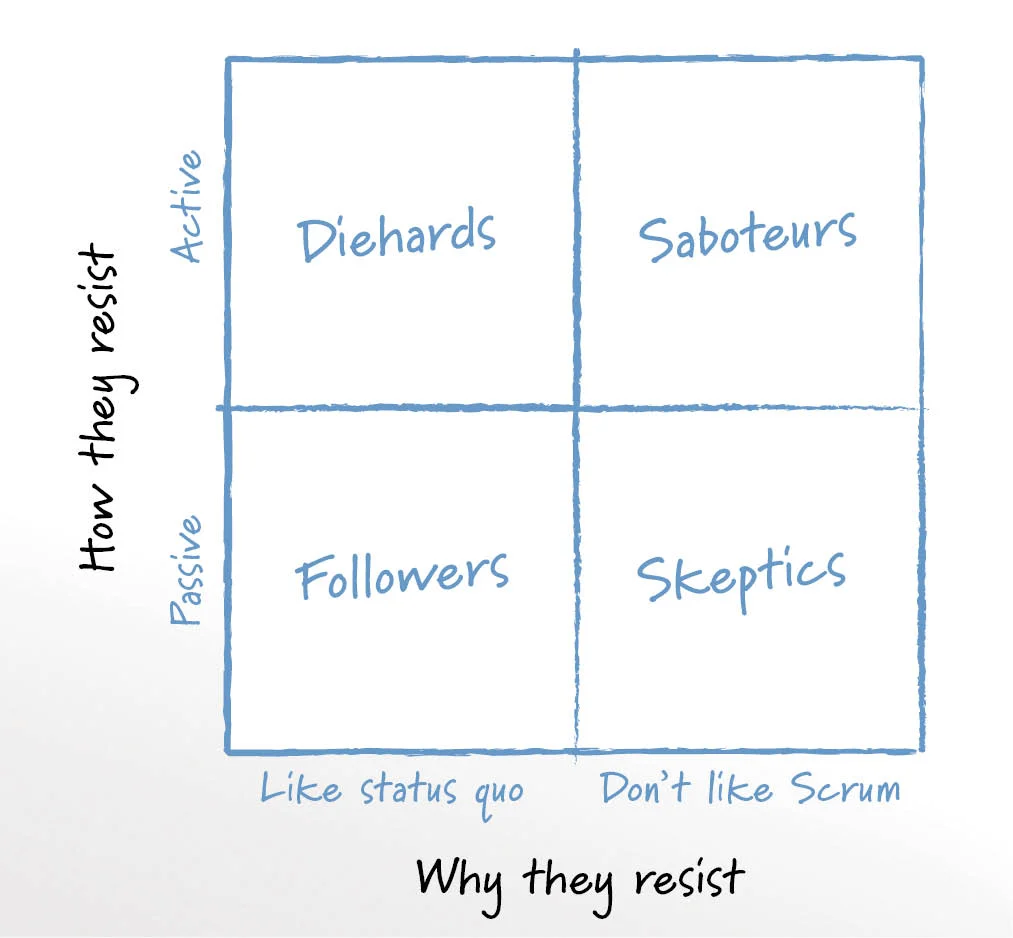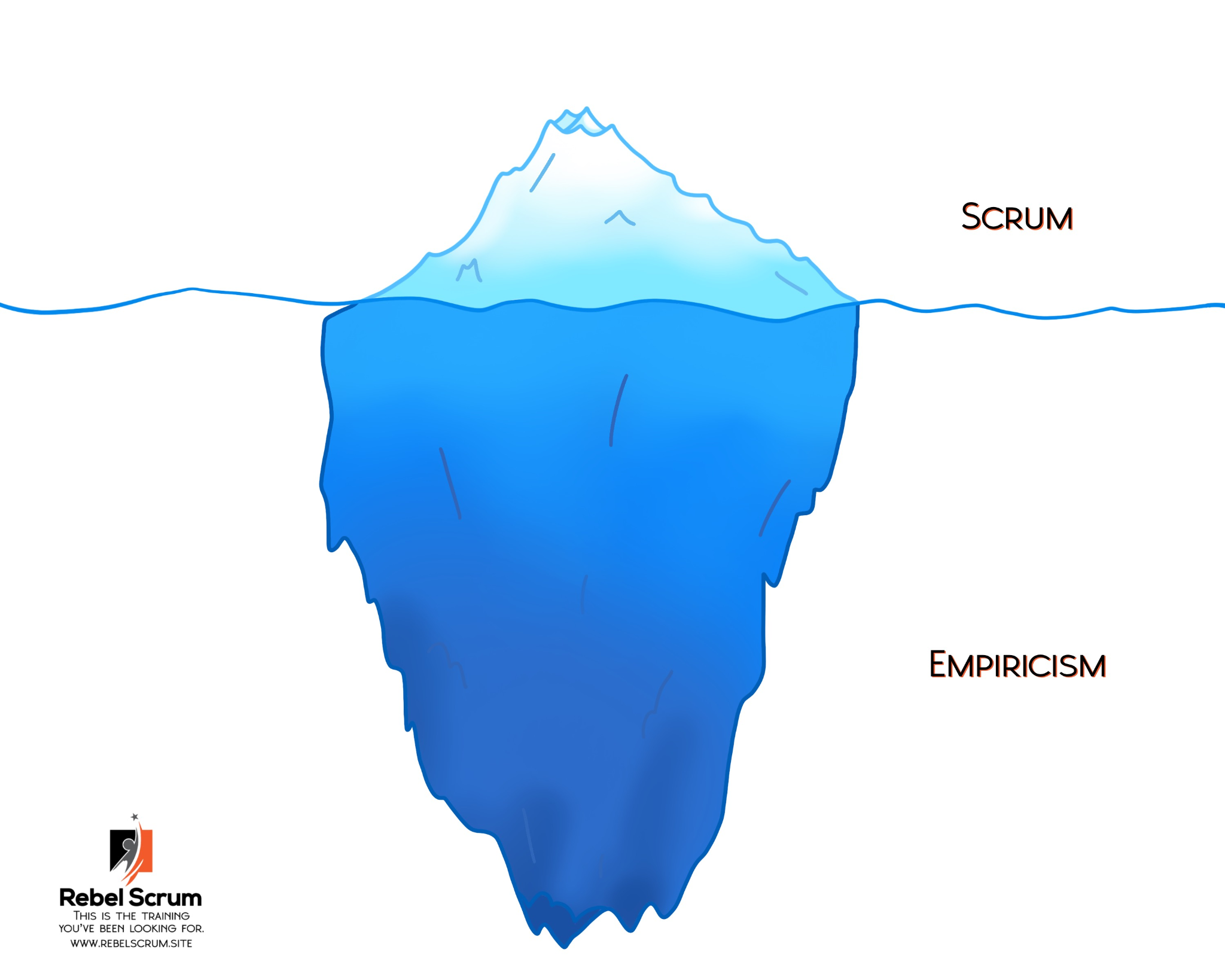
In the midst of the agile adoption explosion, many teams are experiencing difficulties.
Organizations often mix agile with Scrum.
One of the most common misconceptions about Scrum is that it is synonymous with agile. Agile Manifesto is an umbrella term that refers to a family of approaches that share common values and principles.
Scrum is a commonly used agile framework that offers suggestions for how work can be organized to maximize the value of the end-user.

